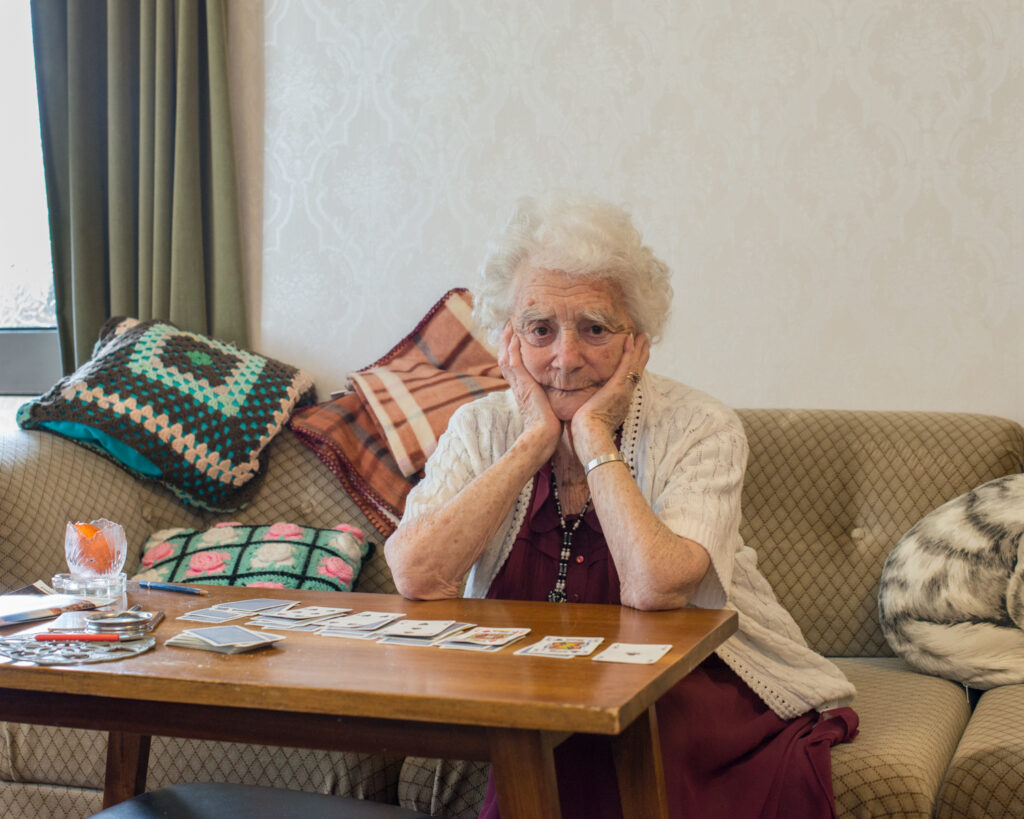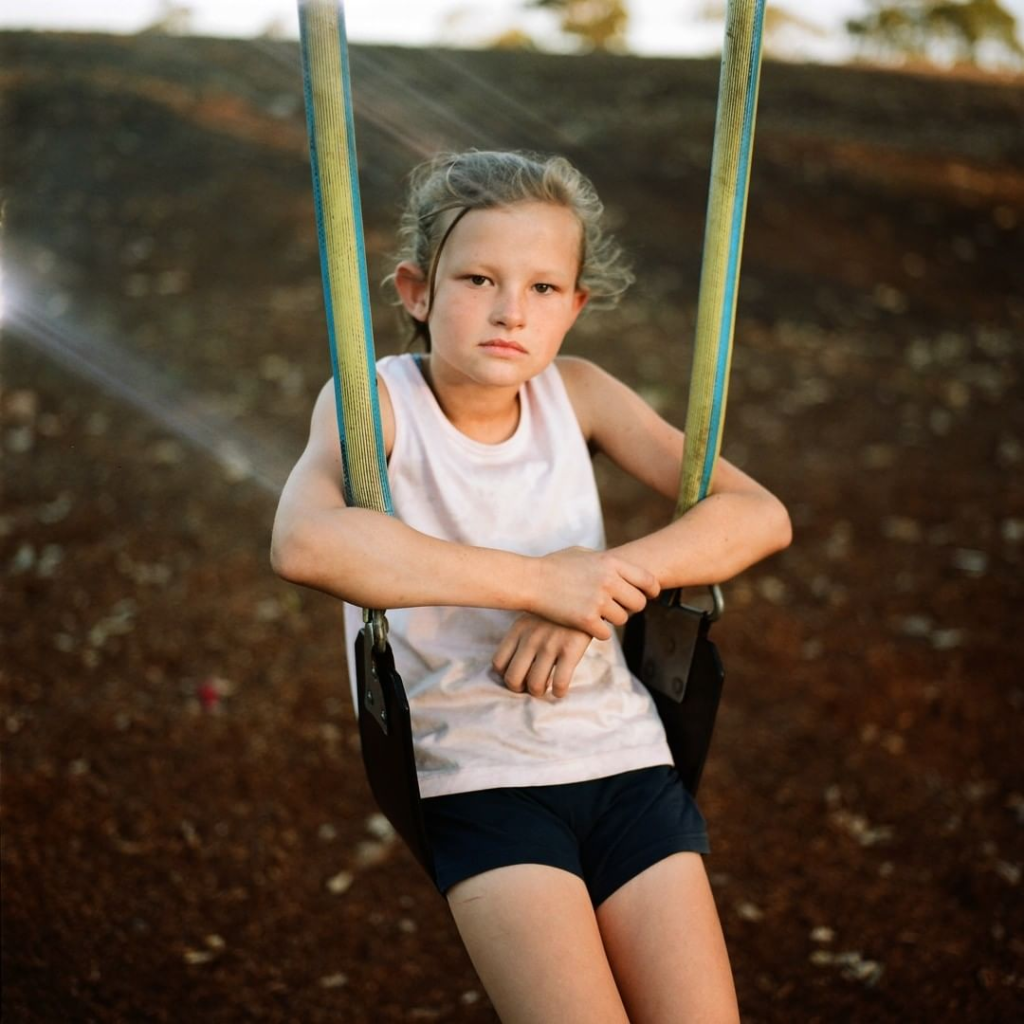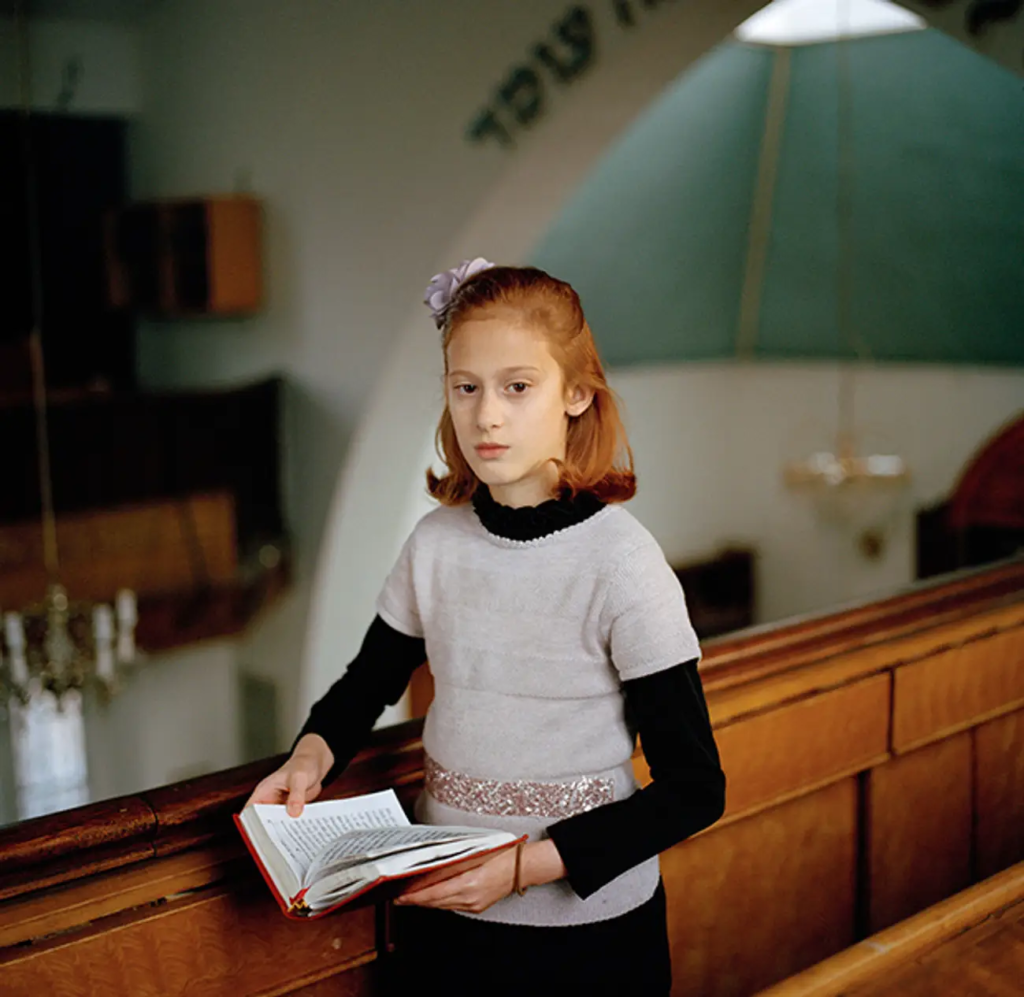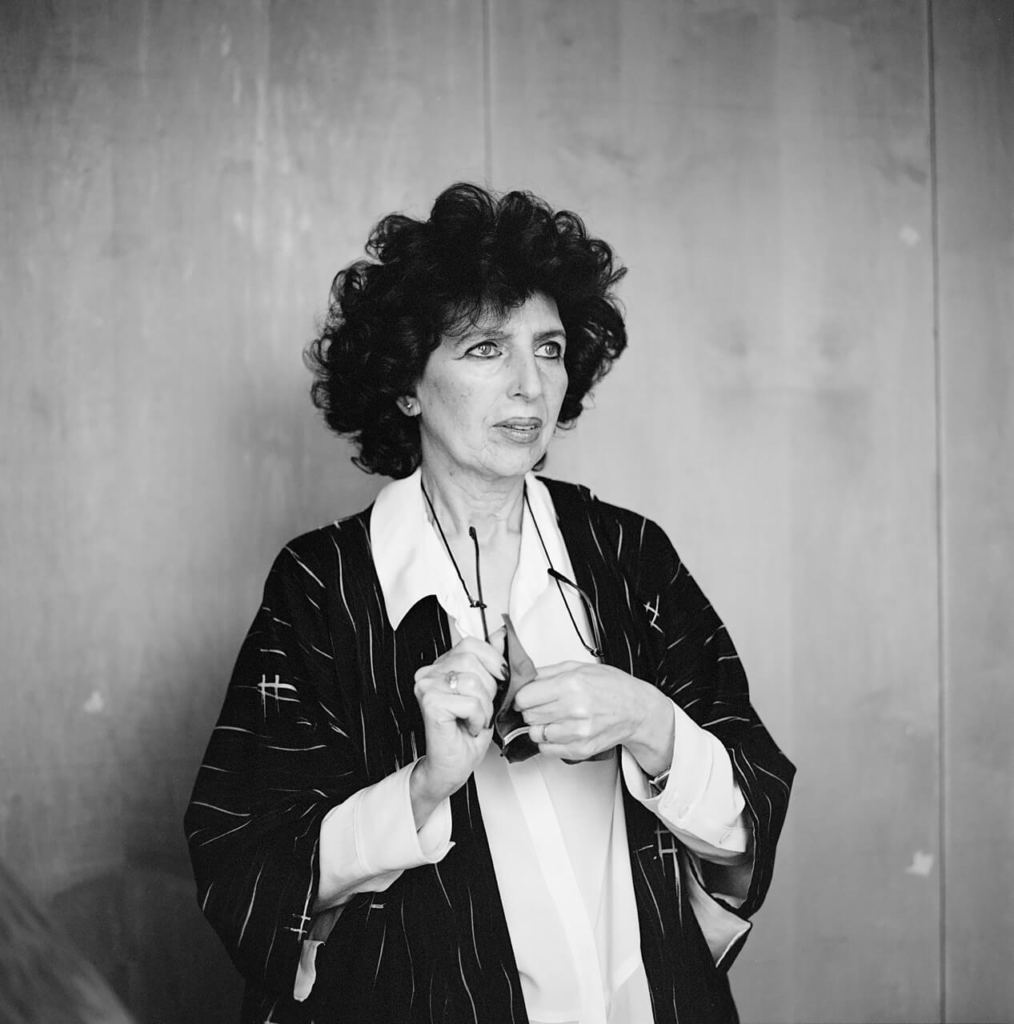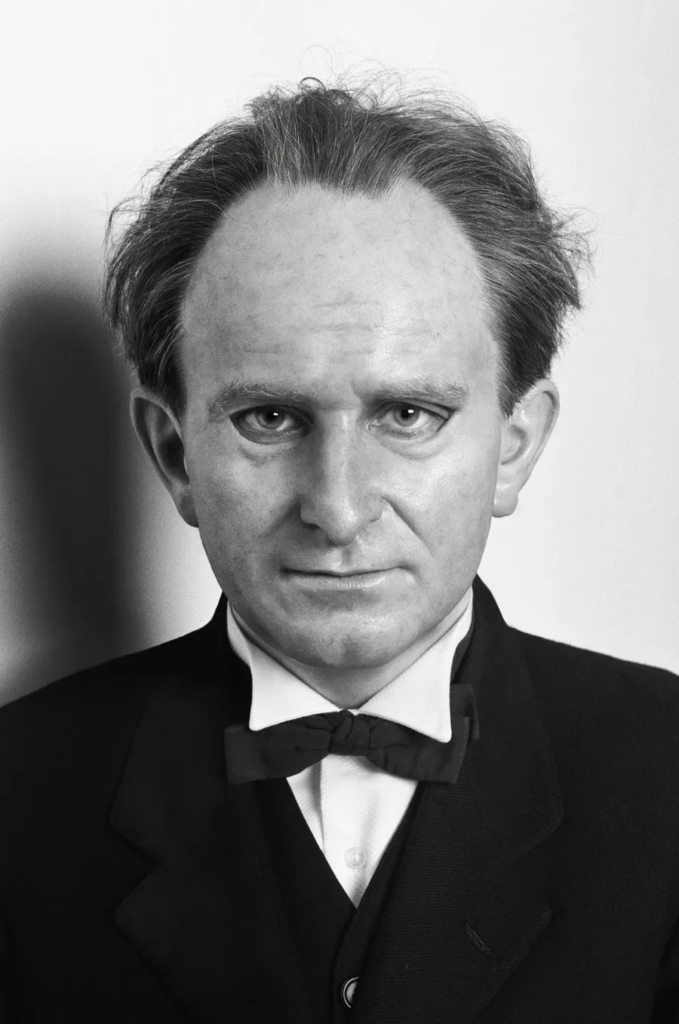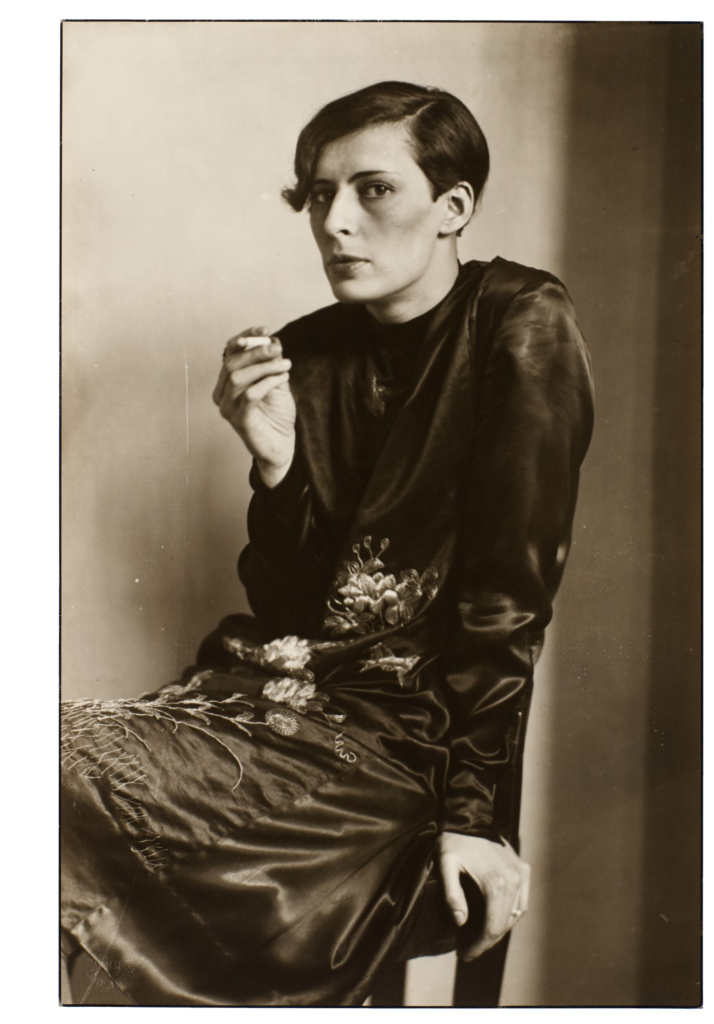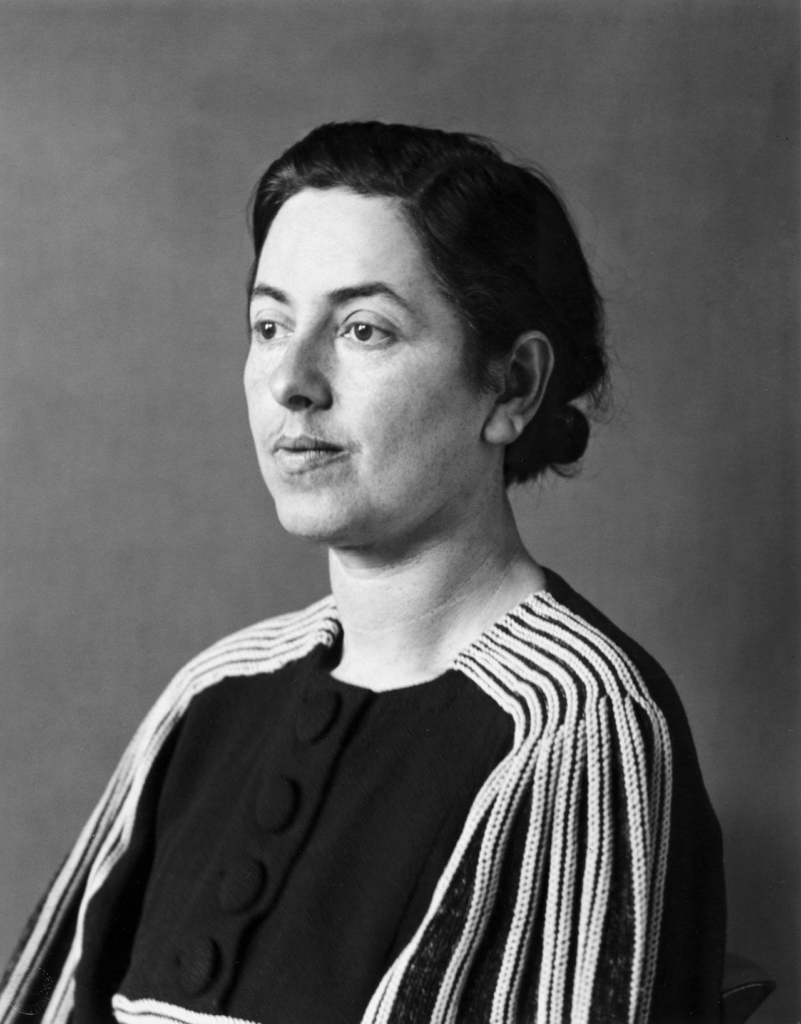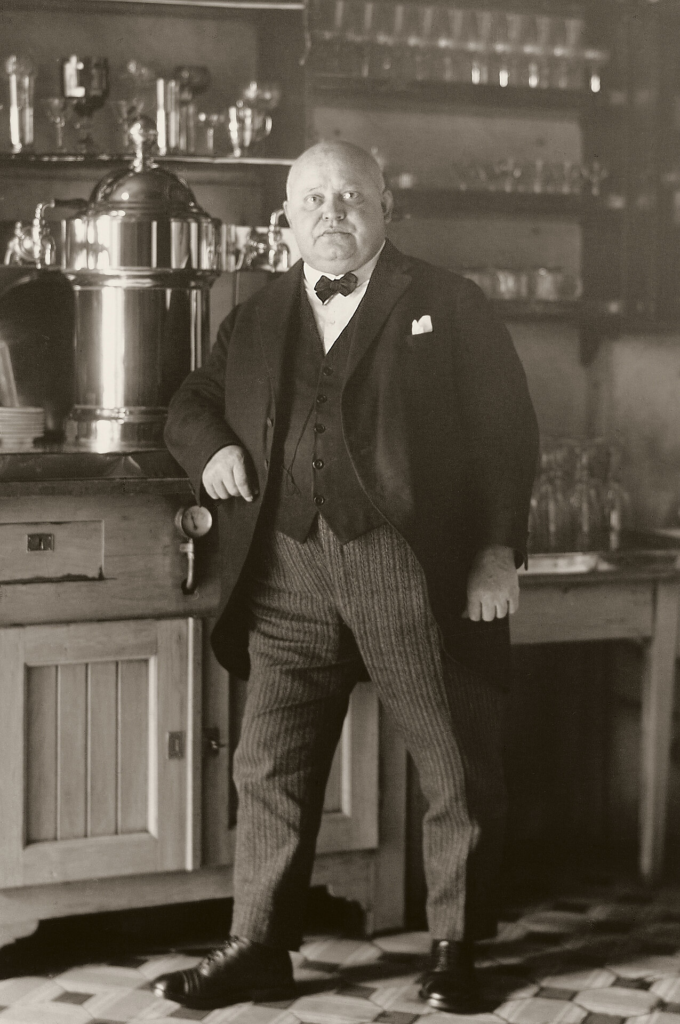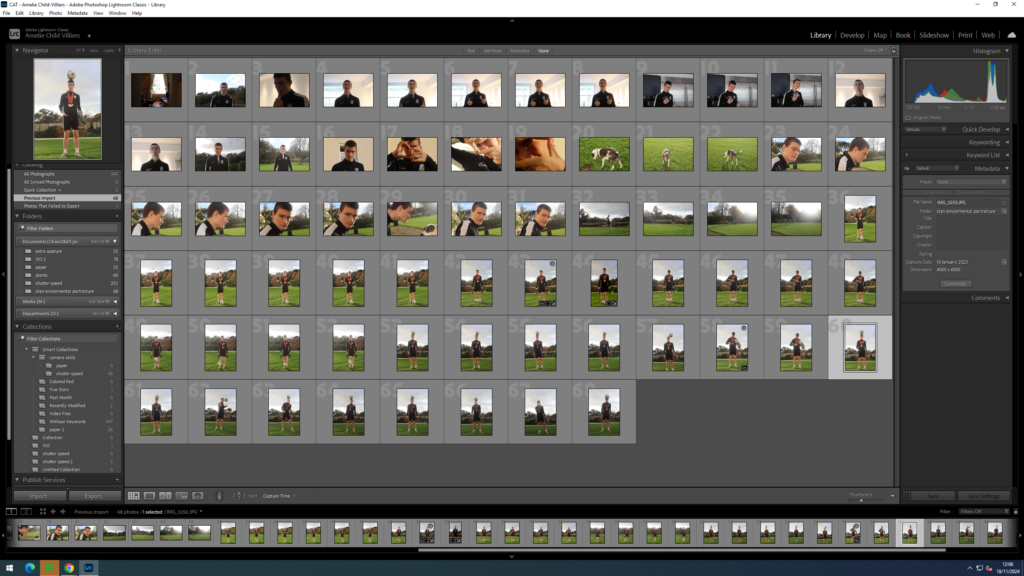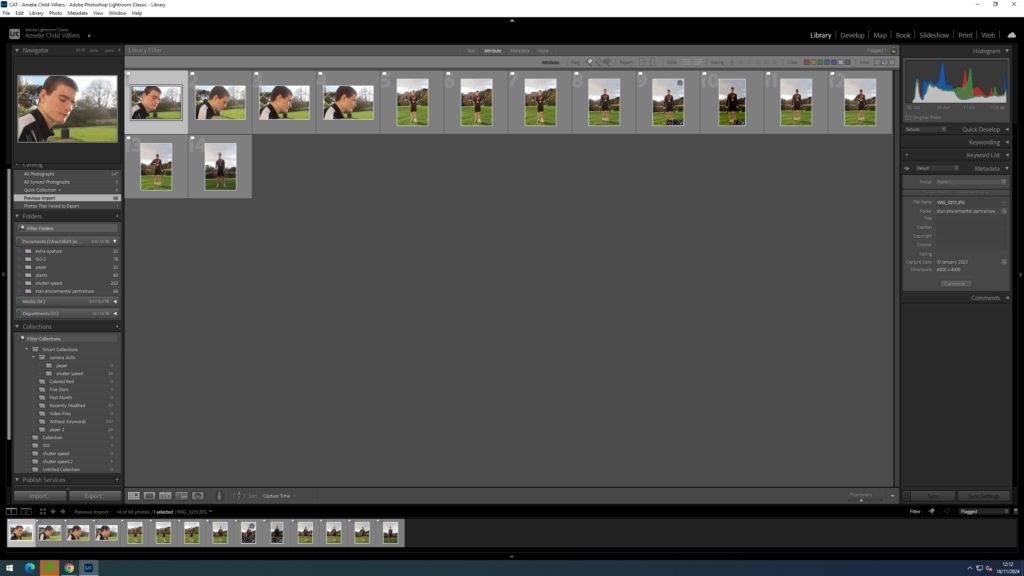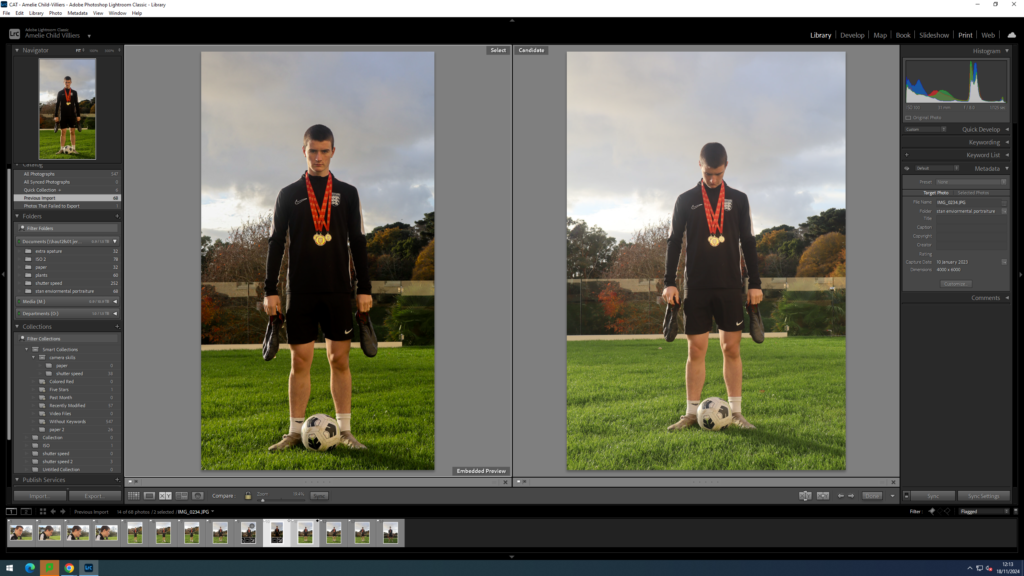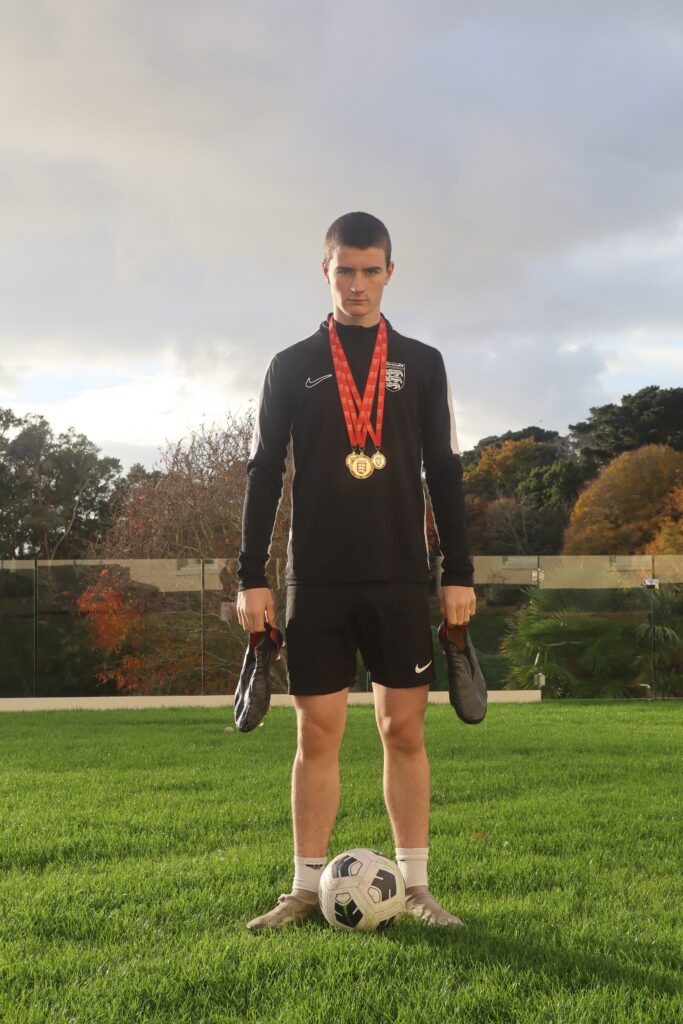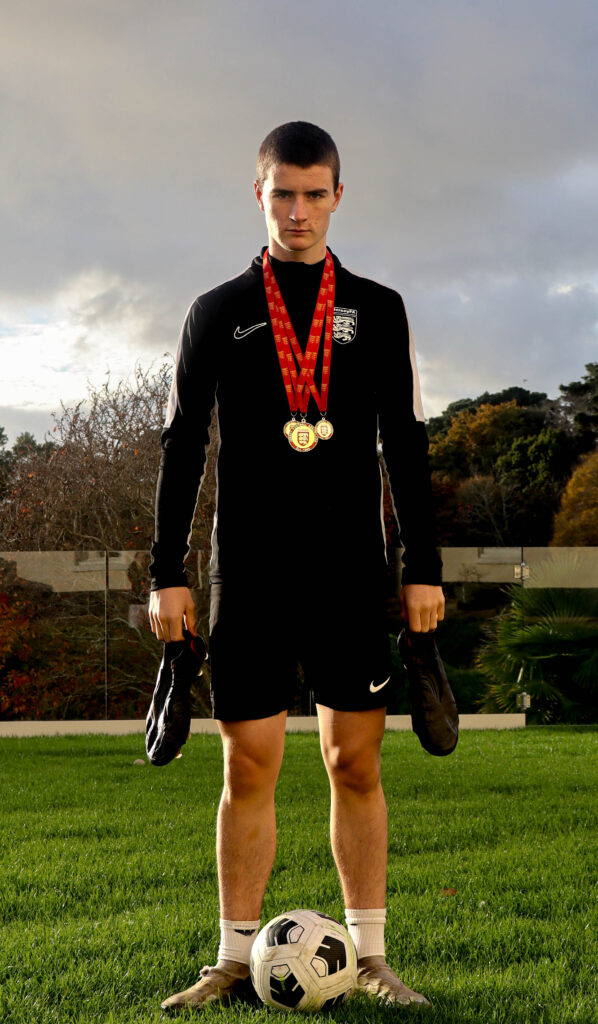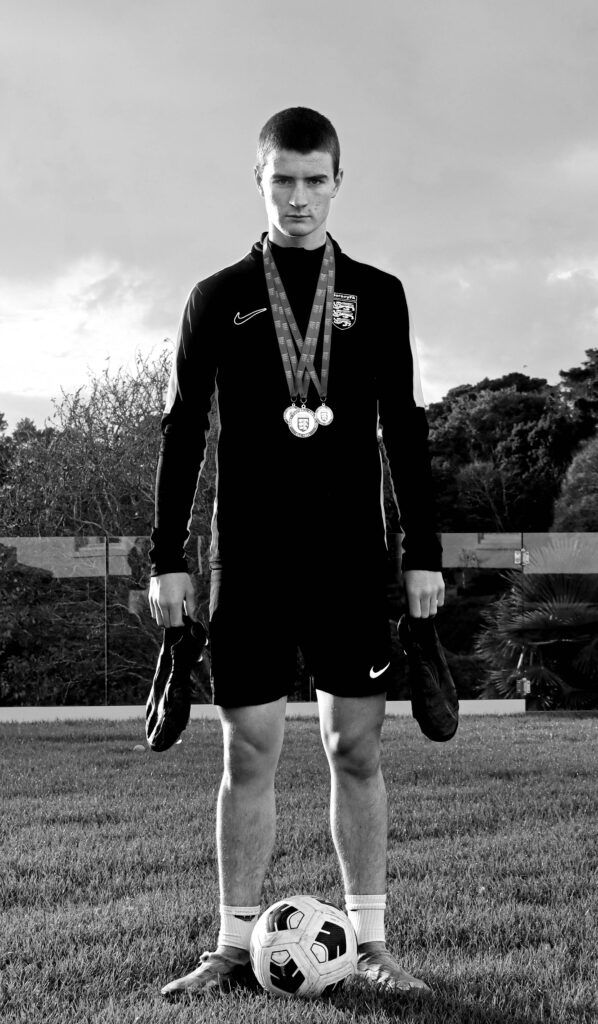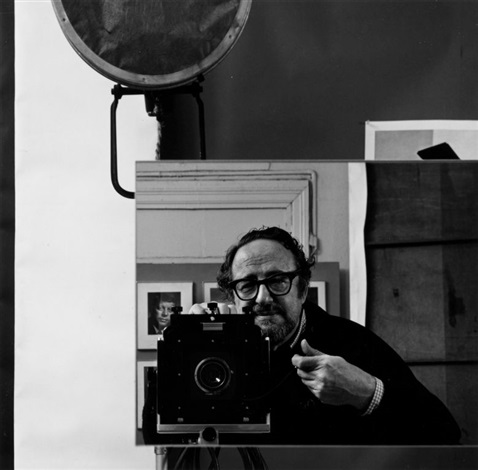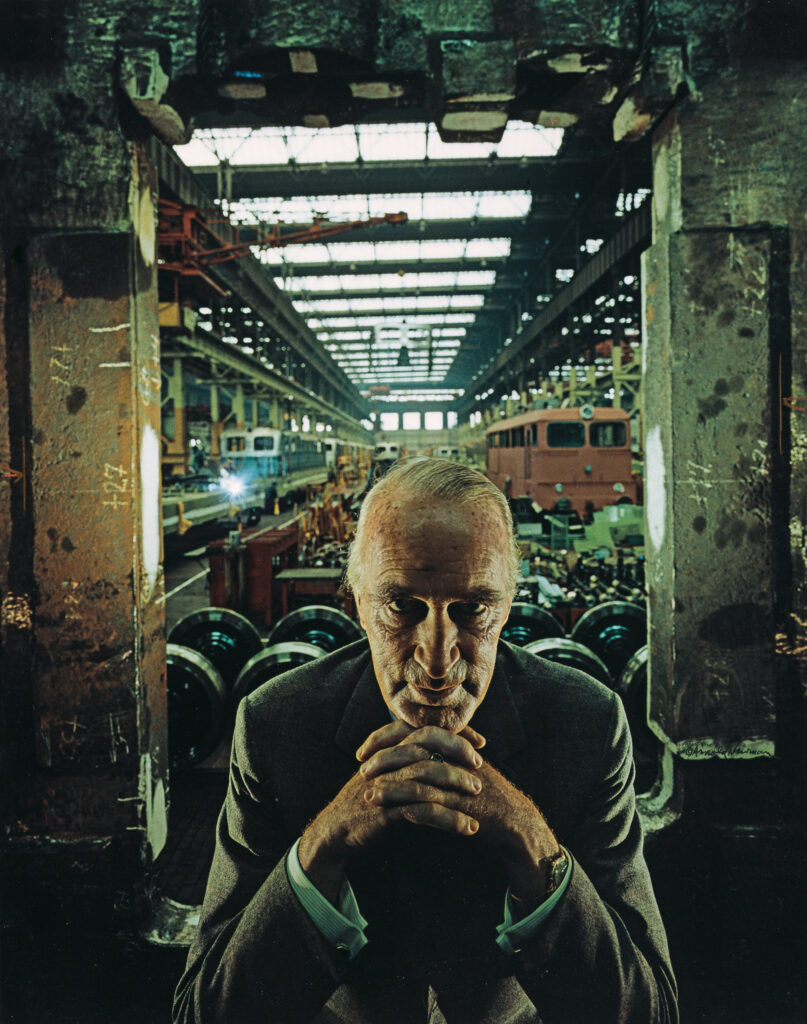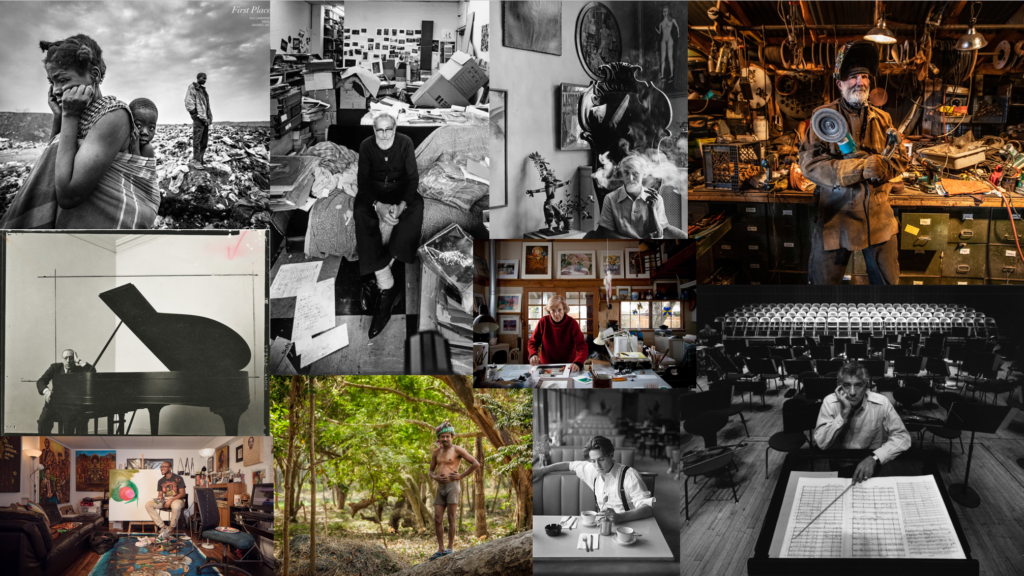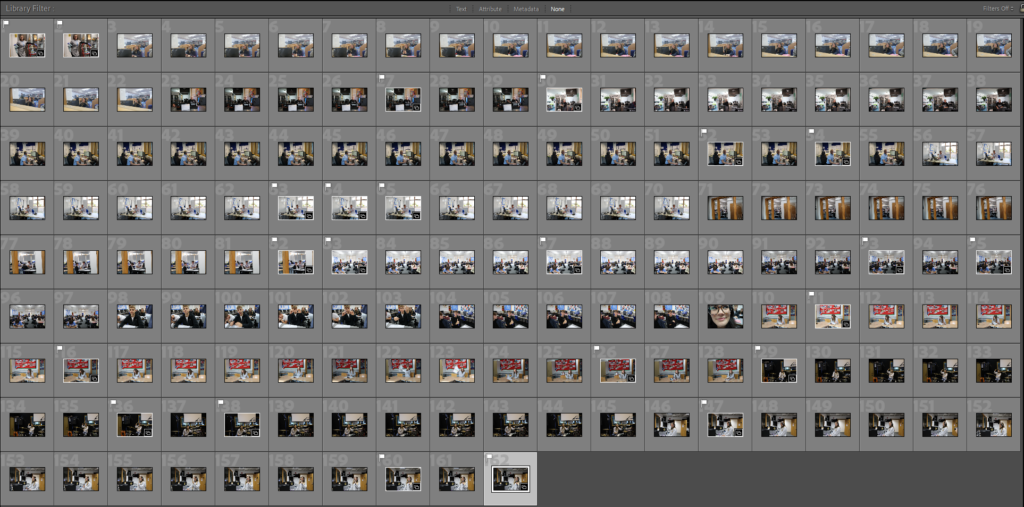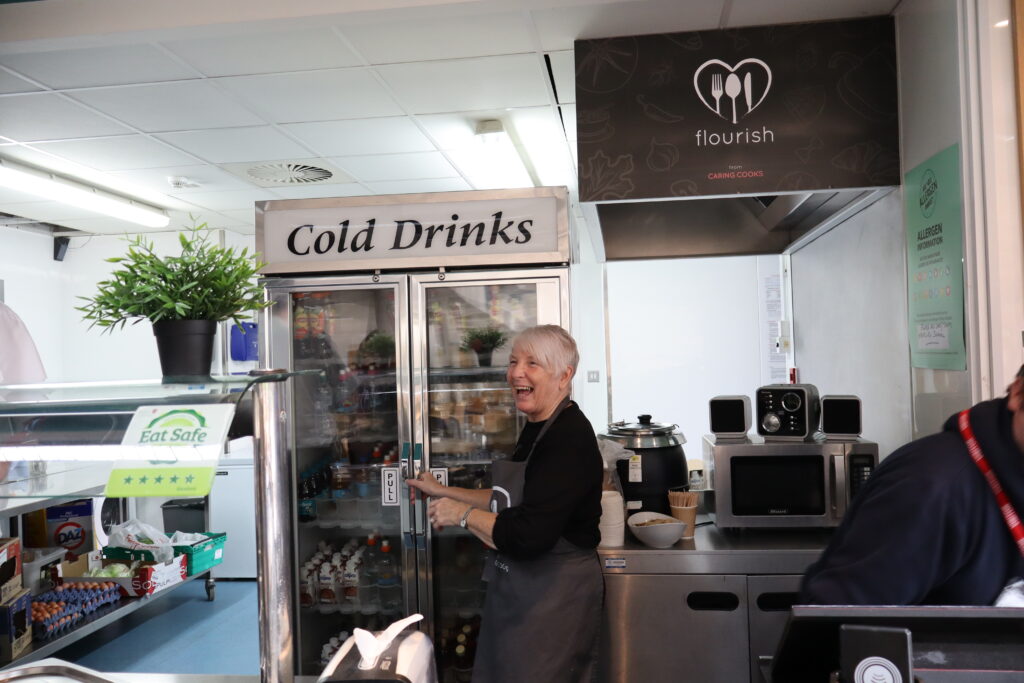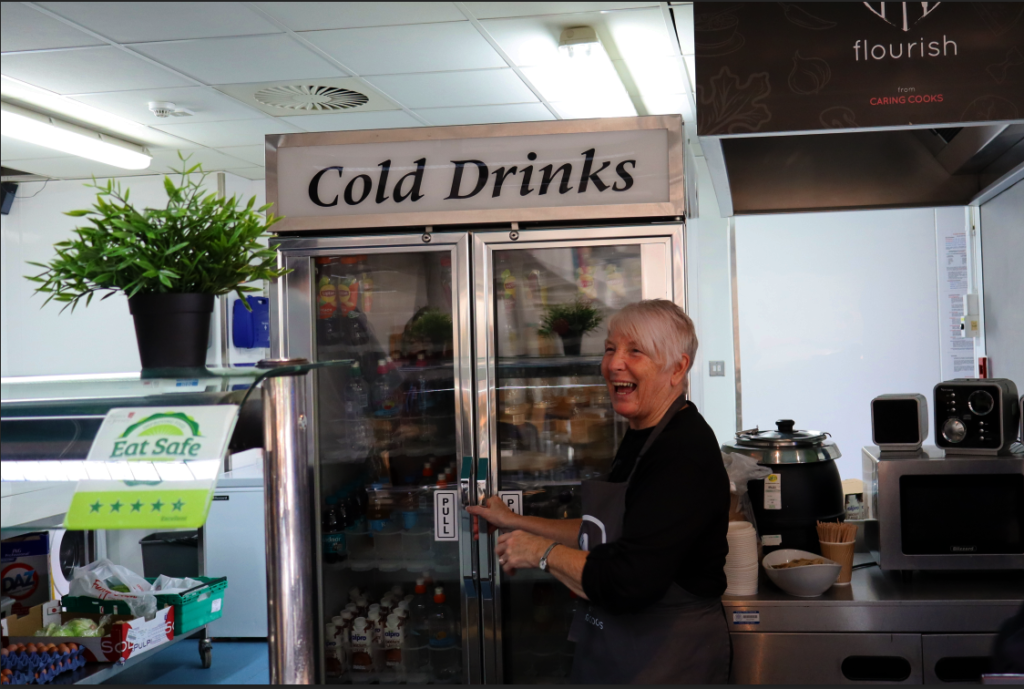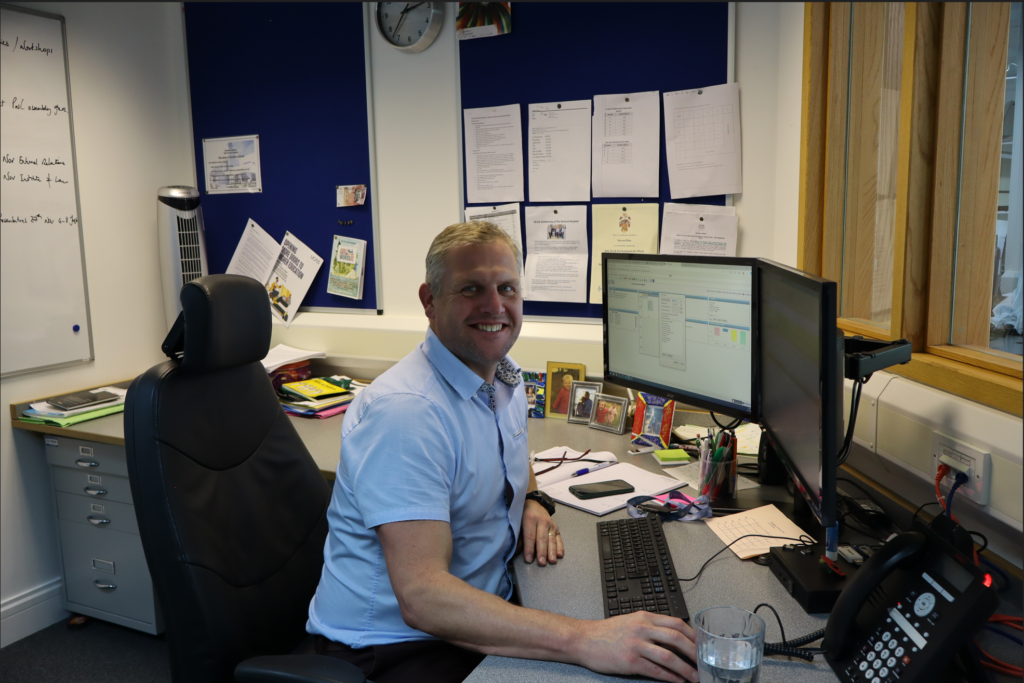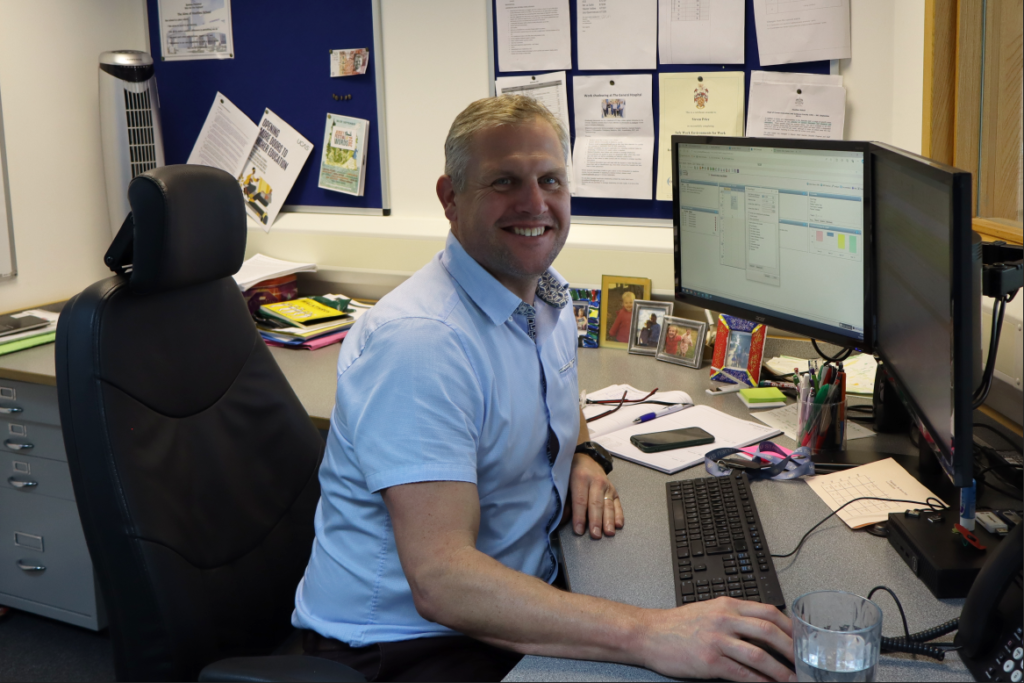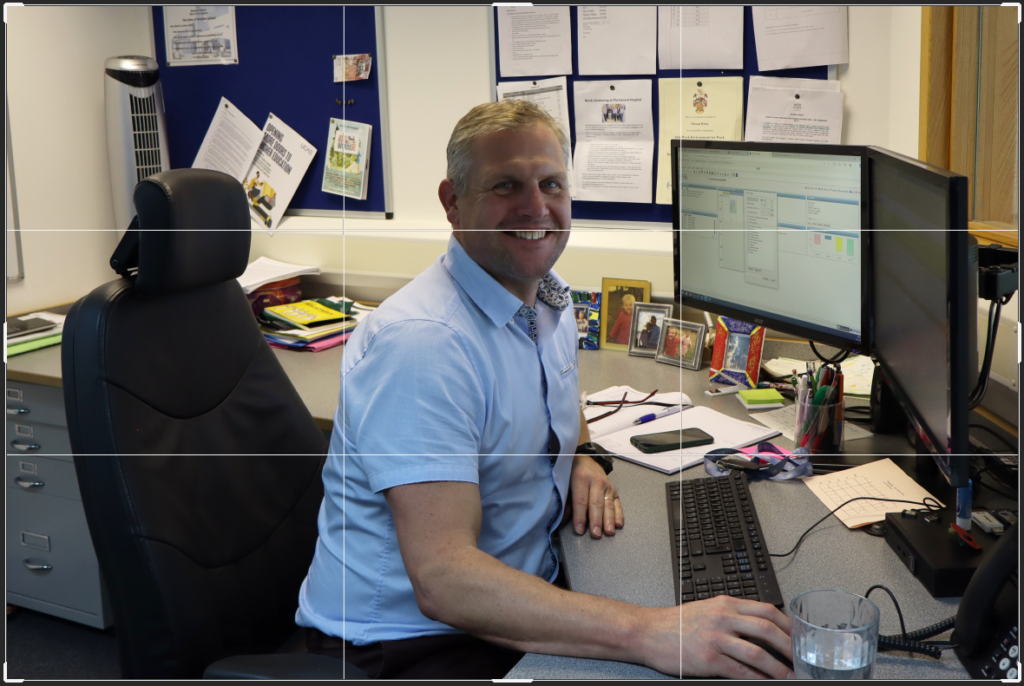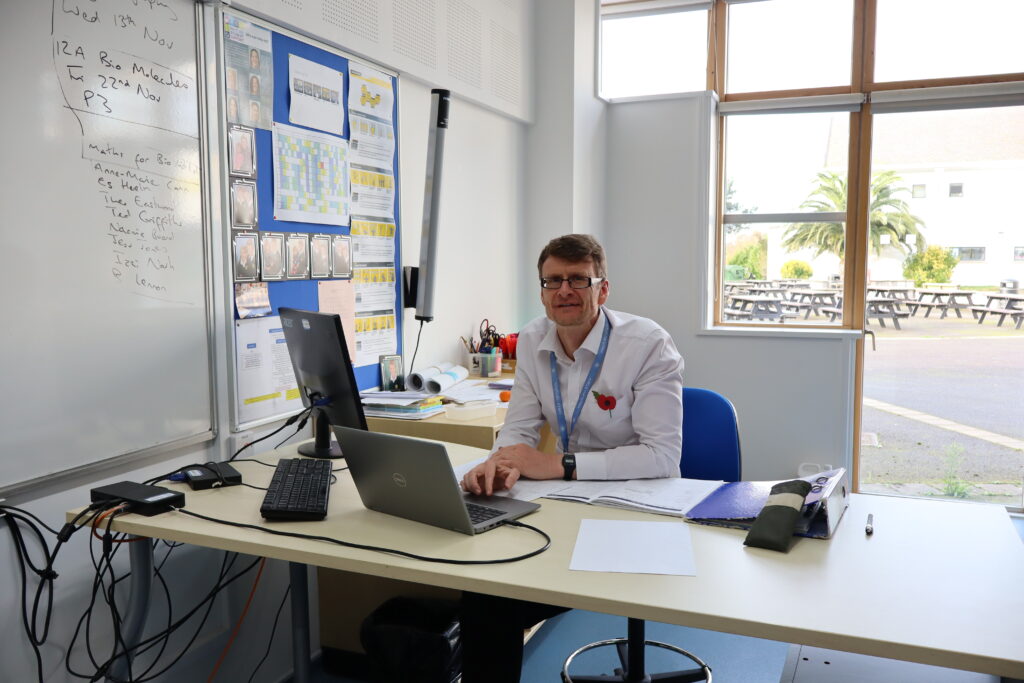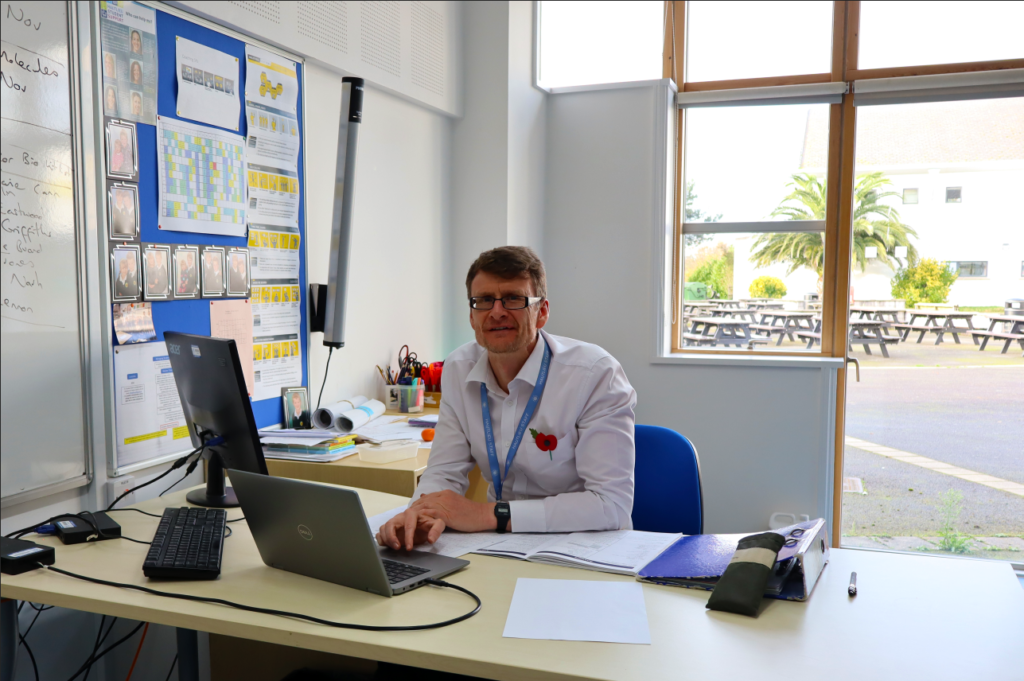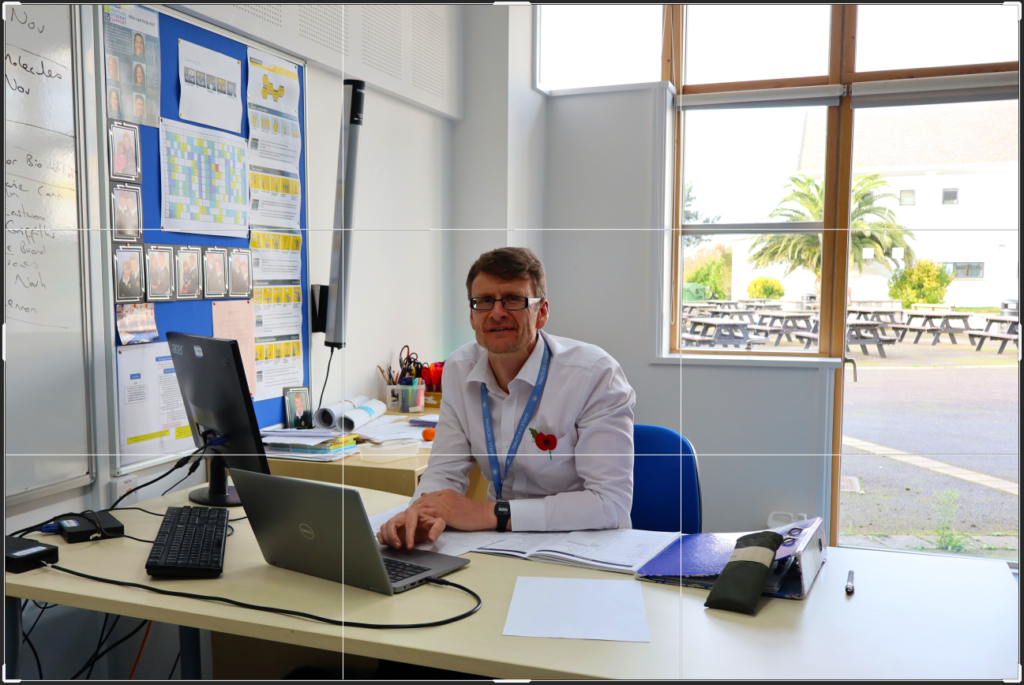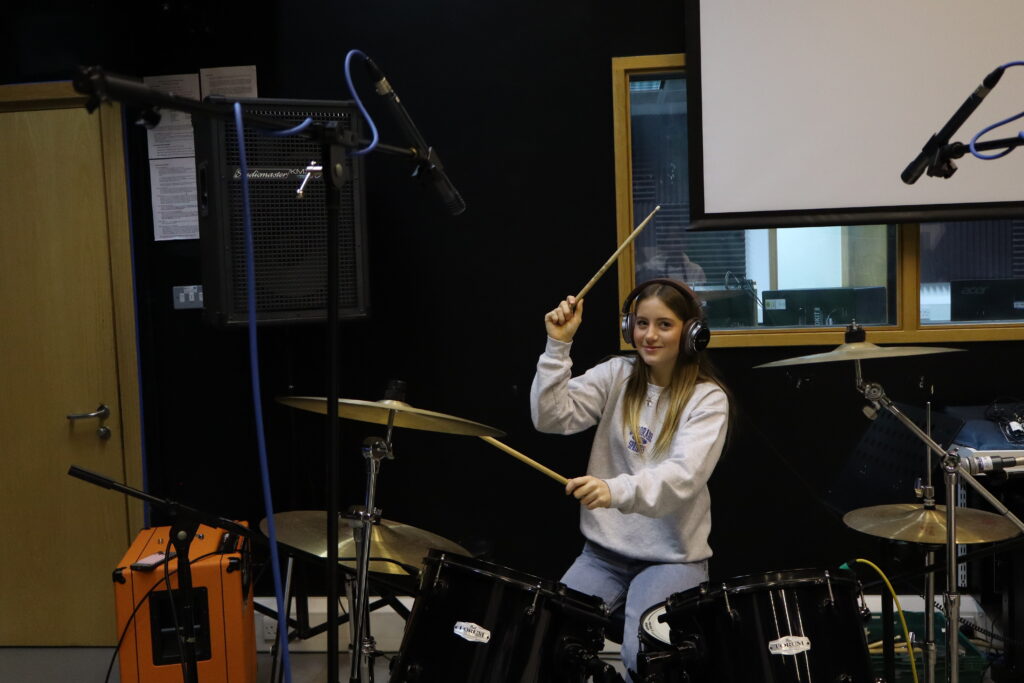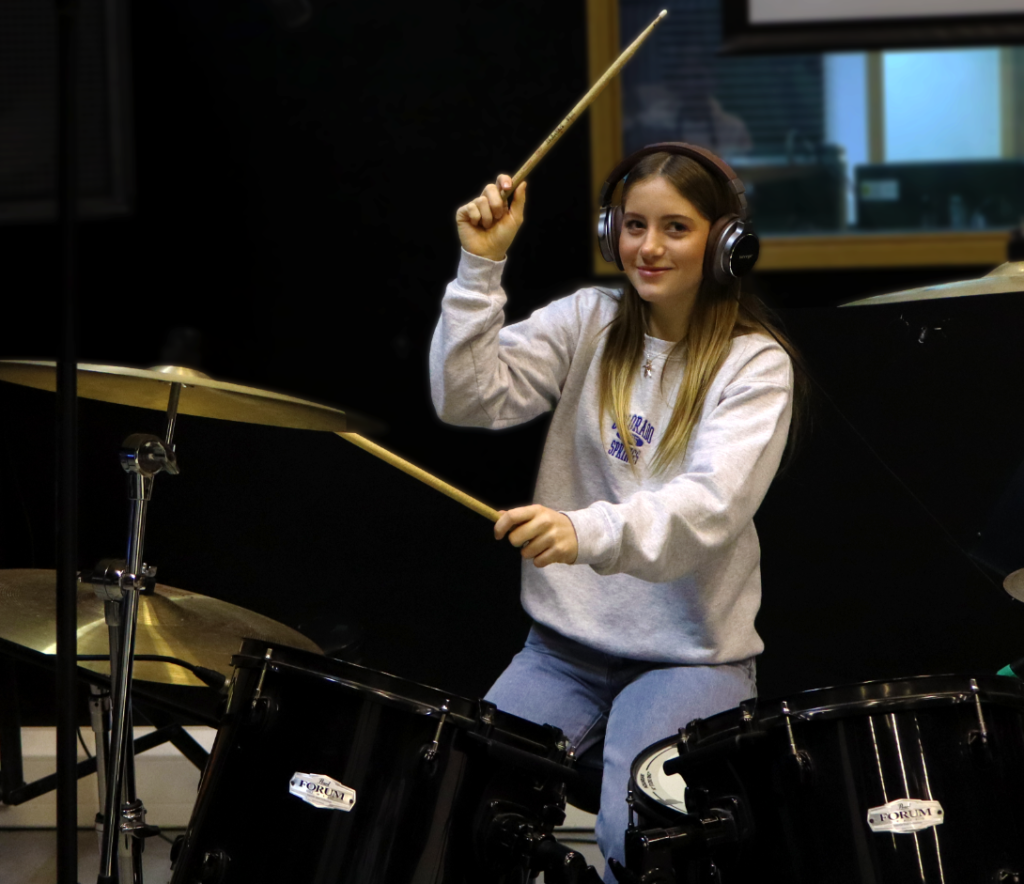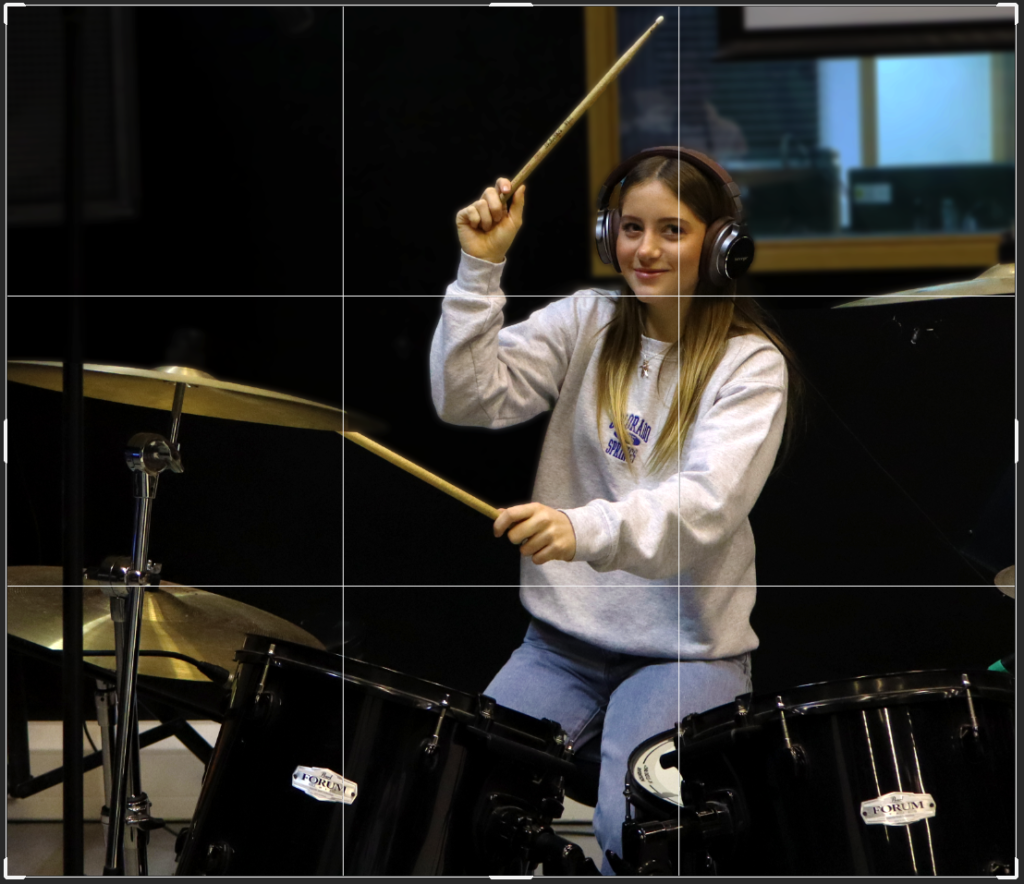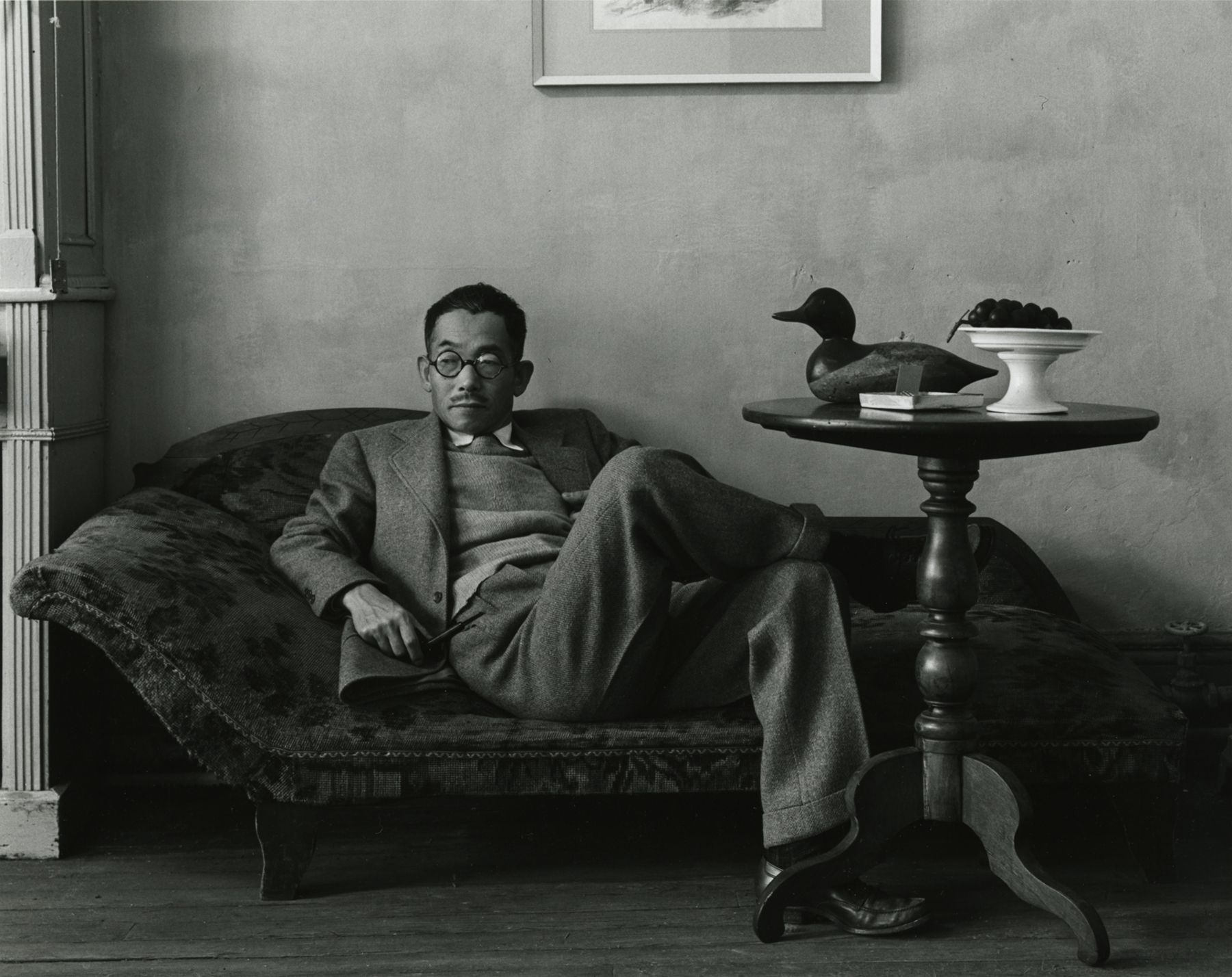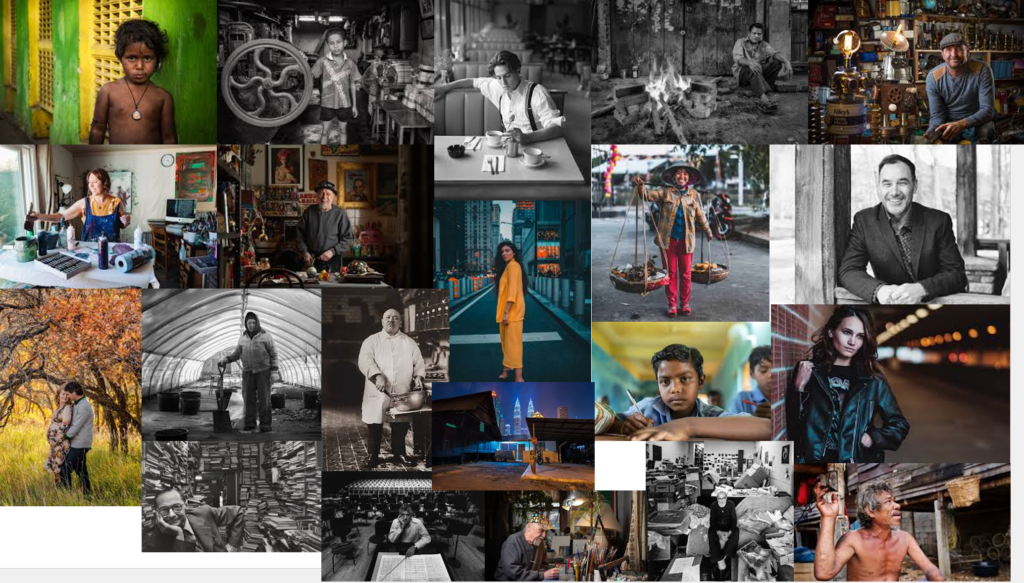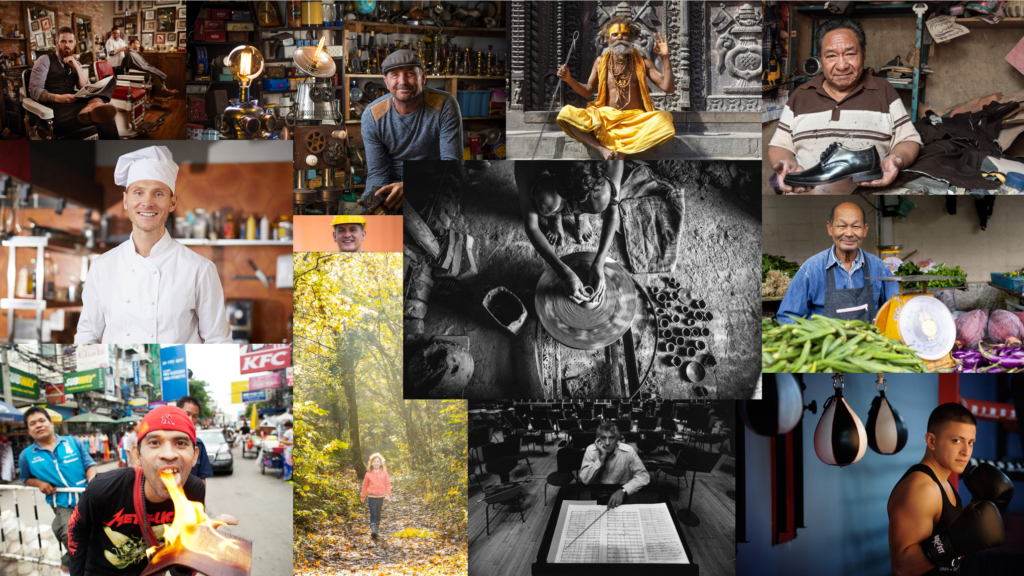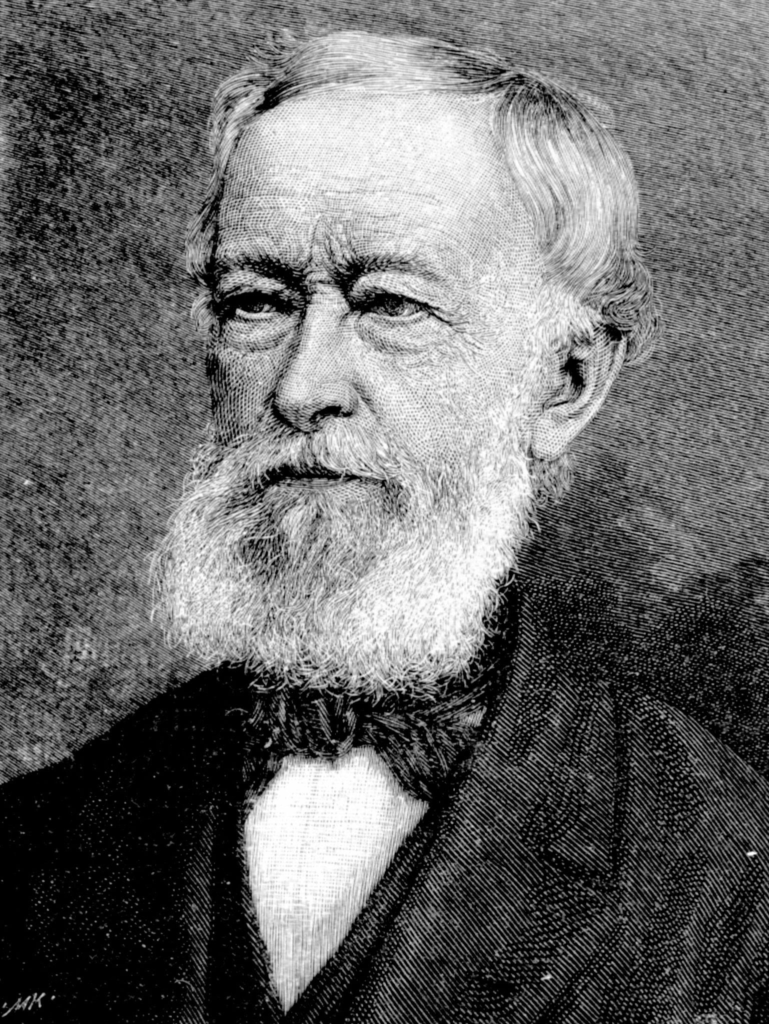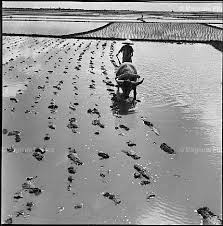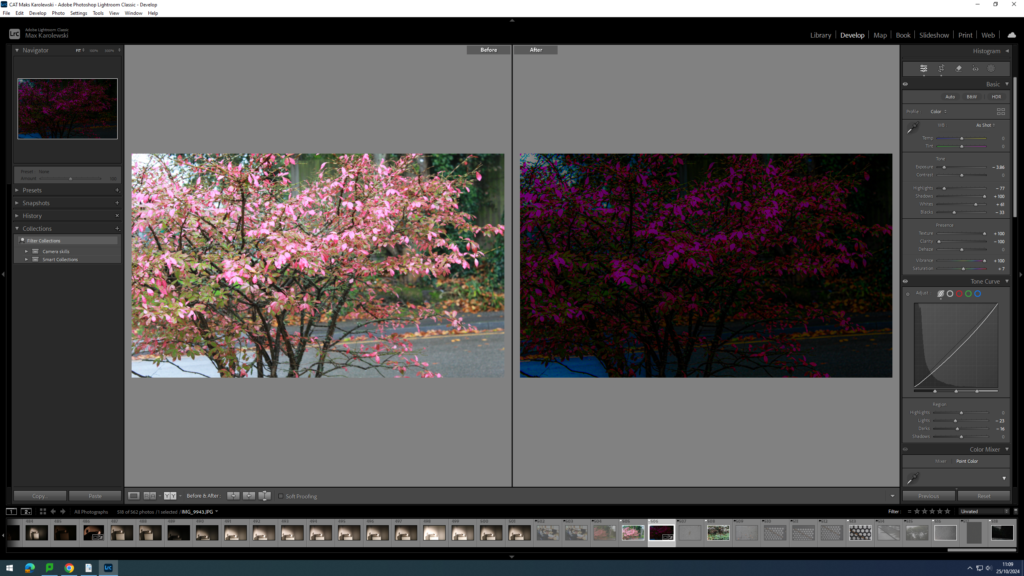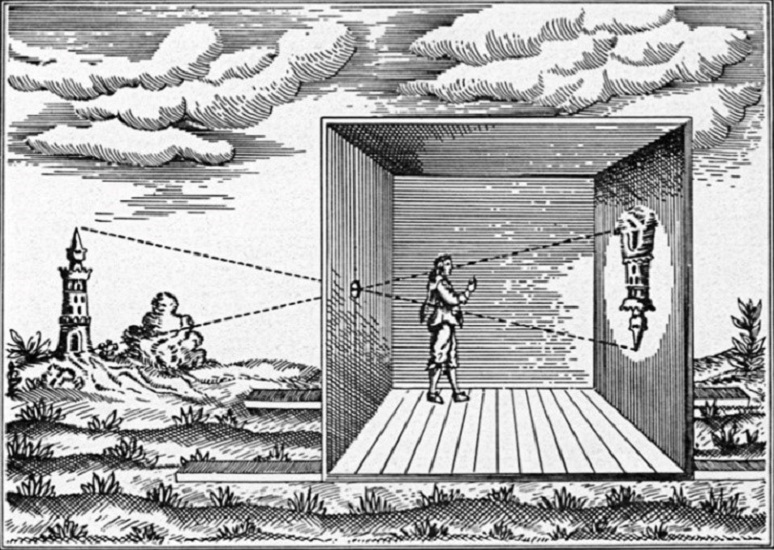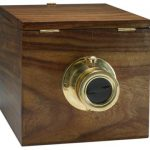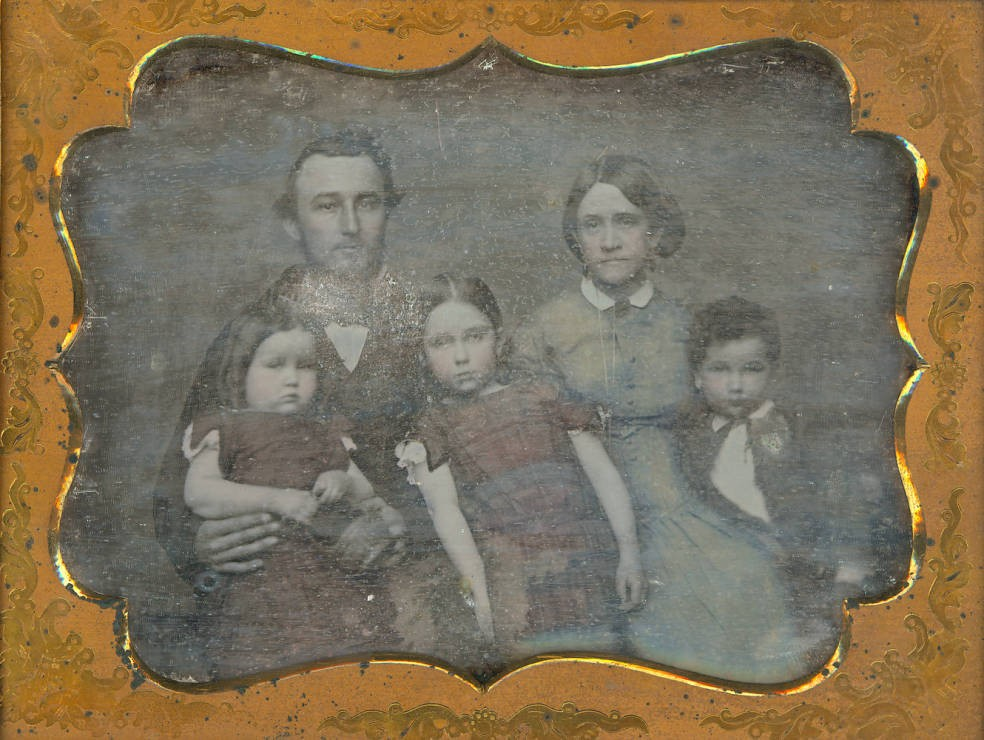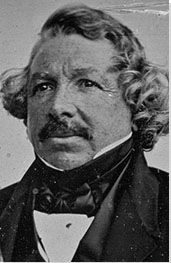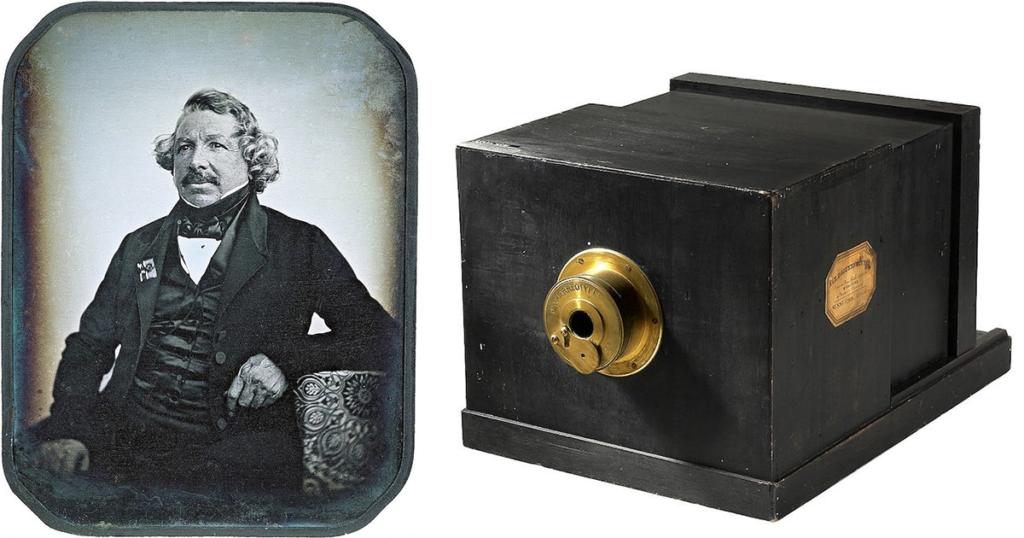Arnold Newman
Arnold Newman was an American photographer noted for his environmental portraits of artists and politicians. He was also known for his carefully composed still life images.

Emotional Response
This photography immediately creates a villainous and threatening atmosphere while also creating an uncomfortable sense of confrontation.
Technical
The lighting of the photo seems to be bright in the background and dark in the front while the aperture is set to have everything mostly in focus. The shutter speed is highly exposed on the lights and trains while the ISO also has a high sensitivity. The white balance reveals warm and cold tones; it is especially warm on the subjects face while he is also covered in shadows to build contrast.
Visual
The photo is shown with dark and dull colours, especially greens and brown, while the dark tones are contrasted with light throughout the top middle. The shape is symmetrical with leading lines to emphasise this. A sense of depth is created with the background in relatively deep focus. Krupp is central with pillars either side of him while he is in the foreground staring down the barrel of the lens. The repetition of the lights lead the eye to the cluttered background.
Contextual
In history, this photo was taken after the events of second world war and Jewish concentration camps. Newman was a Jewish photographer while Krupp, the subject, was a German Nazi war criminal. Highlighted by the industrial background, the photograph serves as a reminder of the atrocities committed during World War II.
Conceptual
The idea that Krupp is a sinister and cruel man is shown with him appearing as superior in the light. His own poetic justice is shown by making him seem as evil as possible. Making Krupp lean forward to create this, shadows are cast on his face as he appears directly menacing to viewers.
Environmental Photography
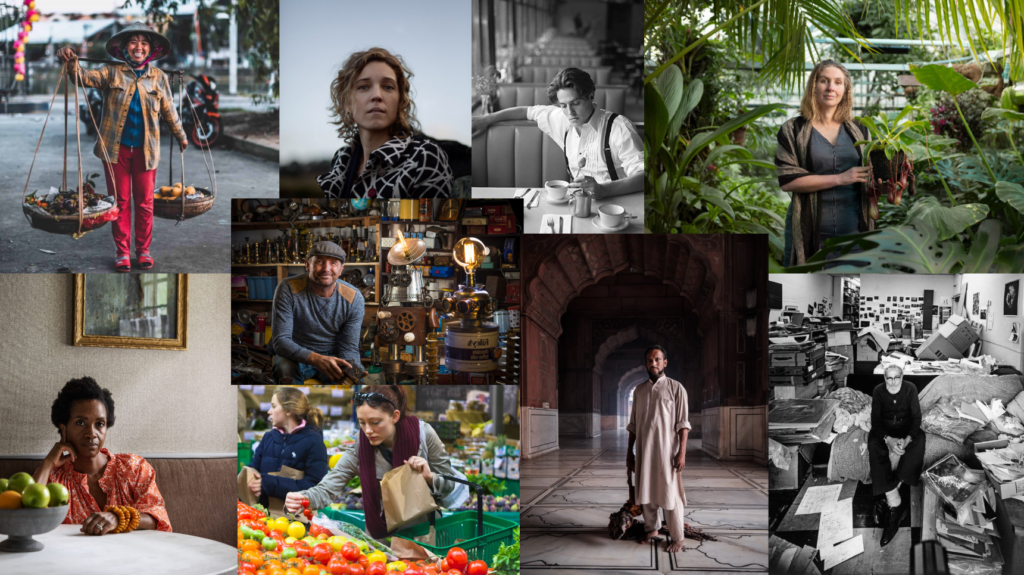
An environmental portrait is a portrait executed in the subject’s usual environment such as in their home or workplace. They typically illuminate the subject’s life and surroundings. Environmental portrait photography is the art of taking pictures that can be used to tell a person‘s story by its connection to a certain place. This connection often reflects the message that the environmental portrait photographer wants the viewer to receive.
August Sander
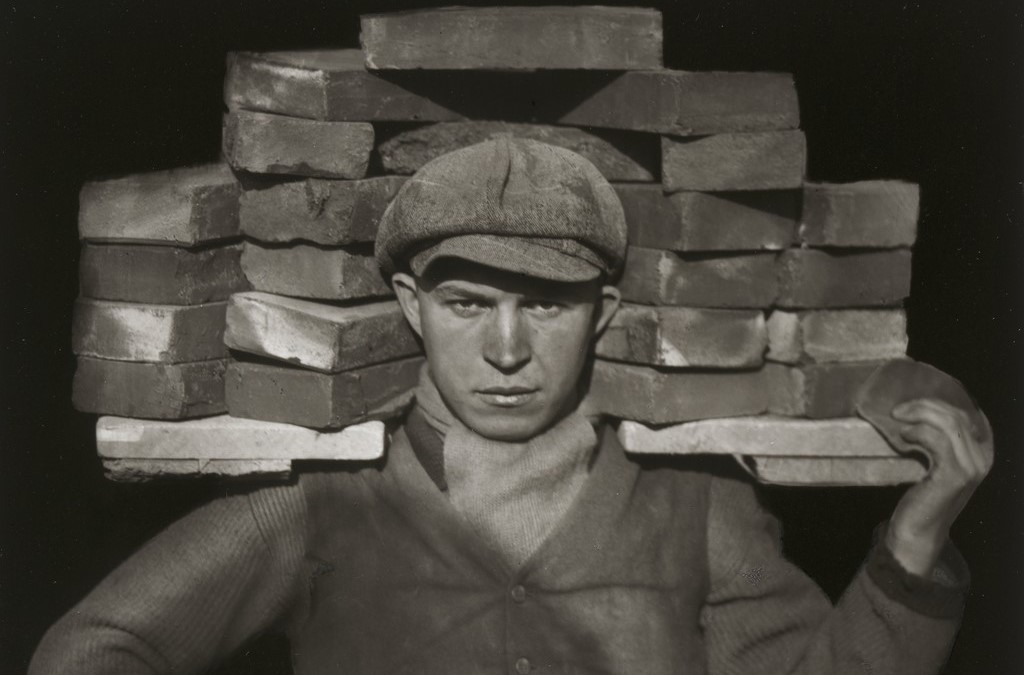
August Sander was a German portrait and documentary photographer who is best known for his environmental portraits. The subjects in his photos would always be surrounded by the environmental that they work in so their occupation was clear to viewers. Sander’s goal was to consciously define people within a particular field of time with his attempt to honestly tell the truth about age and people. Typologies, which Sander uses in his work, are collections of work that visually explore a theme or subject to draw out similarities and differences for examination.
Photoshoot Plan
- Laura
- Dad
- Sophia
- Rodrigo
- Mum
- Garden
- Canteen
- Field
- Stairs
- Bedroom
- Typologies
- Rule of Thirds
- Small Aperture
- Landscape
- Adjusted ISO
Contact Sheet
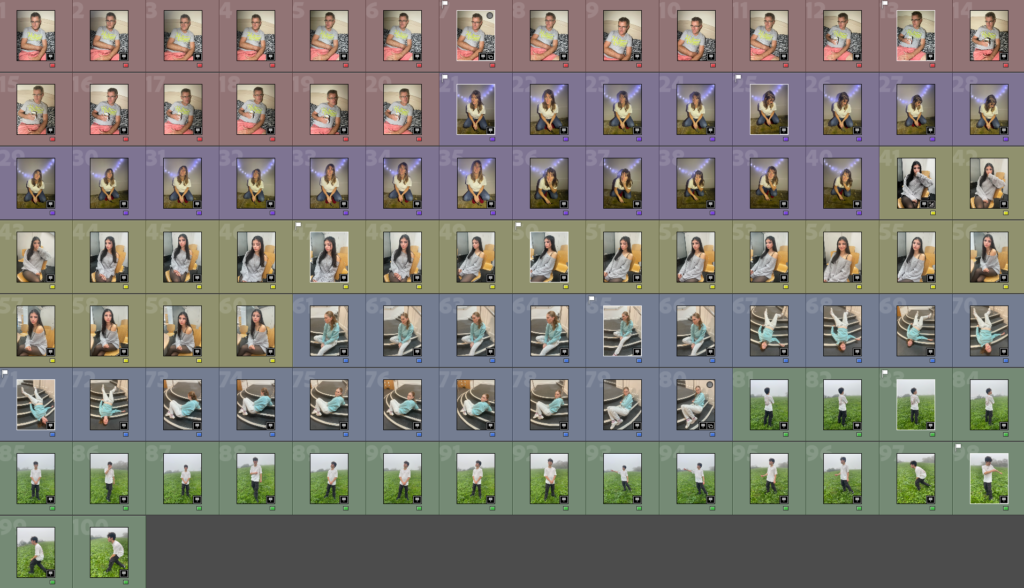
Final Pictures with Subtle Edits
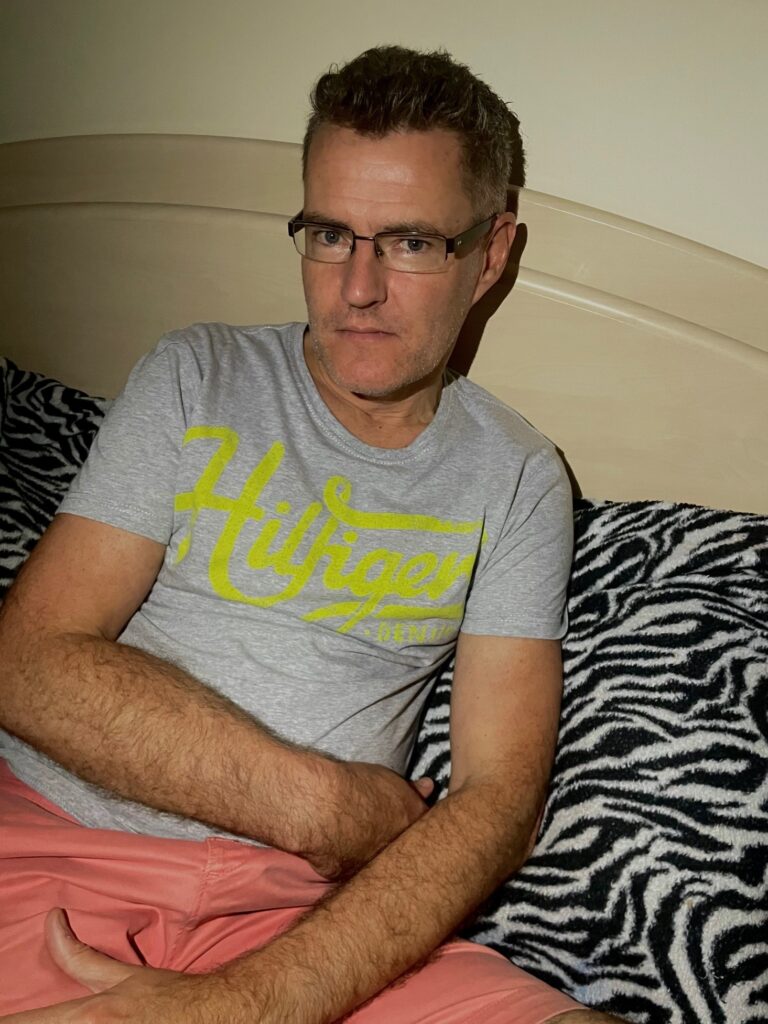
This picture is taken of my Dad where he is in his bedroom after work, the place he usually unwinds after a long day. I wanted to take this picture due to the genuine connection he has with the setting and where my Dad is the most natural and free. Due to the intimate background, this picture feels very invasive as if we have caught the subject at a time and place he does not want to be disturbed. This is enhanced by the subjects stare into the lens.
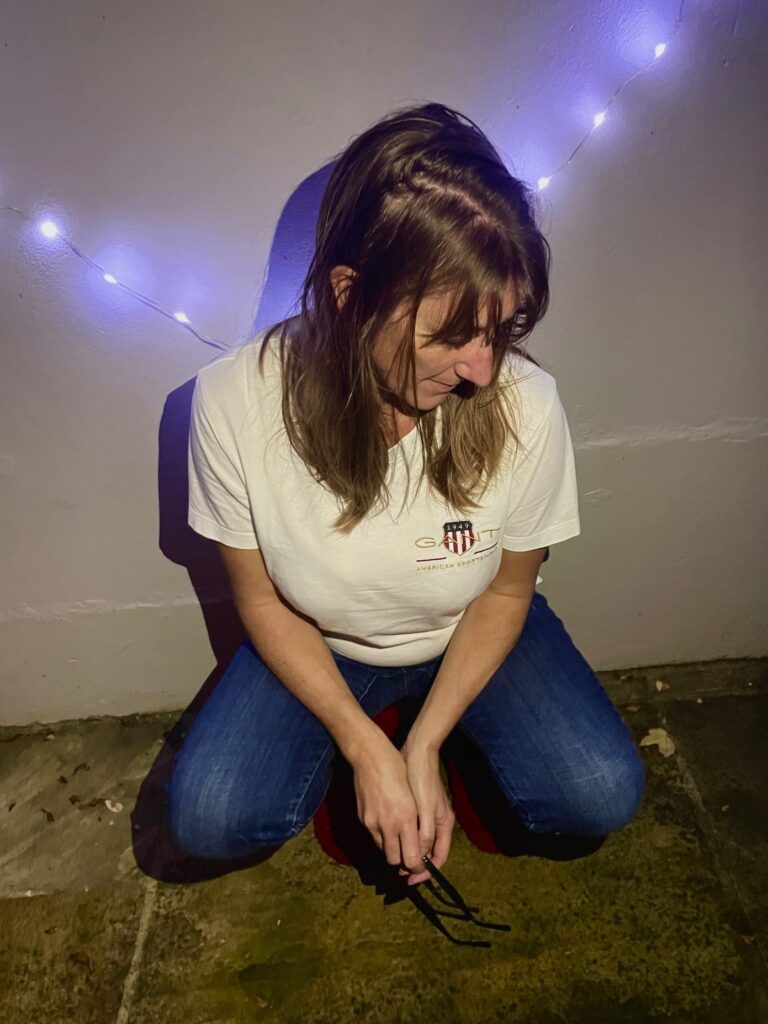
This photo is of my Mum as he is in our family Garden. I chose to photograph her here as the garden is a place which she puts a lot of effort and time into; creating an area she can be proud of. I decided to have the subject crouched and looking at the ground for this specific image to give the impression she is a more inferior character. Due to the garden acting as a trophy of my Mum’s work, she does not address the camera as she seems more aside as if she is letting the environment have a bigger focus.
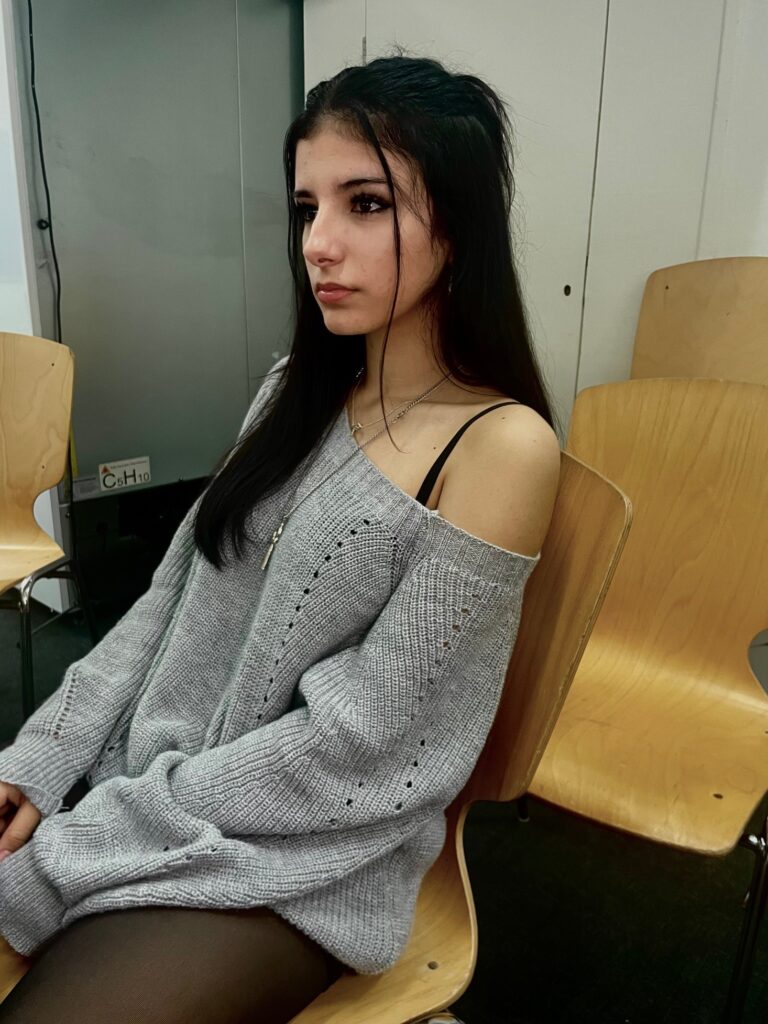
I photographed my friend in the school canteen due to us and our other close friends spending the majority of our days and time in here while in similar positions captured in the photo. Using the rule of thirds to highlight this, I have captured the sitter in a position where she appears to be in her own thoughts. Despite this, her eyes and face are still visible to the camera so we can get a sense of what is happening in her mind.
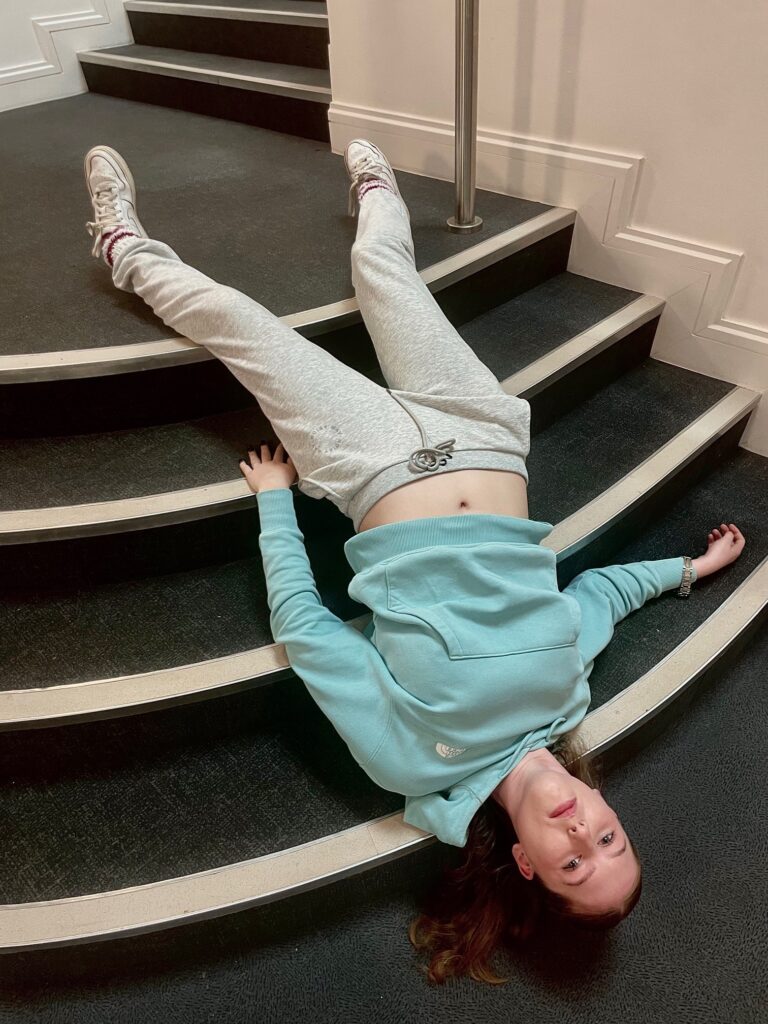
To contrast my other photographs, I wanted to capture a dramatic and stylistic shot of one of my subjects to present in juxtaposition with my other typologies. By photographing my friend backwards and fallen on the stairs, I was able to capture Sophia’s inner opinions of this setting by presenting them on the outside. The subject is making direct eye contact with the camera creating a sense of confrontation as if the viewer is the reason she is in the state she is in. This picture feels almost creepy as the subjects facial emotions do not correspond to the dramatic position that is clearly evident.
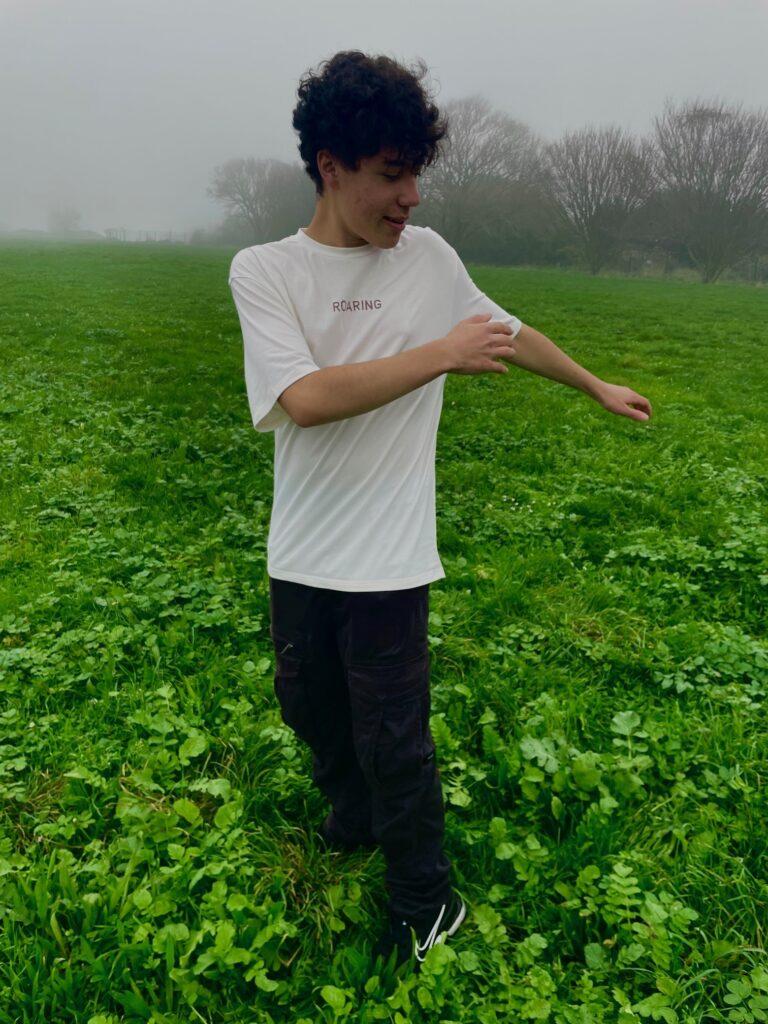
By photographing Rodrigo in this field, it acts as an homage to where we usually spend time. This area has a significance to him which is why I wanted to shoot these photos with him here. With the foggy background contrasting the vibrant grass, I thought this made an effective composition with the subject central and taking up an appropriate amount of room within the photo. The photo is very naturalistic and candid as the subject appears to be caught of guard.
Final Composition

For my final display, I lined my best photographs up in a grid; arranging them in order of the colour wheel based on the predominate colours seen within each individual photos. This was to show intention and the different typologies I created. Contrasting the bold use of colour, I settled for a gray background. I presented these five images specifically to highlight variety within the photographs, mirroring the variety and difference within all five of the models lives.
